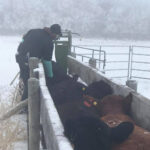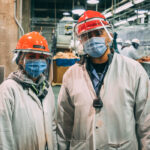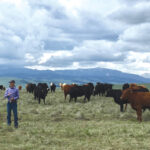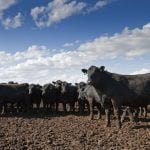
Features

Rabies in livestock often forgotten
Six tips to avoid rabies exposure

A tale of two calving systems
Confined and pasture methods each have risks and benefits

The ins and outs of stomach tubing calves
New calves in distress or having trouble nursing can still get their first colostrum by tubing, giving them a better shot at good health

Manitoba cow-calf producer seeks to do things differently
Earlier birth dates, quiet cattle, roadside advertising are all part of the plan

Satellite ear tags for livestock coming to Canada
Canadian producers involved in international trial of Australian-based direct-to-satellite smart ear tag

New book details Speckle Park breed’s beginnings
A Saskatchewan producer has drawn on extensive documents and photos to tell the story of the breed’s founding

Weighing the value of permanent and portable livestock handling facilities
Functional equipment makes it easier to practice good stockmanship and keep people safe, whether the facilities are portable or stationary

Pandemic-battered beef industry may still be in for a rough ride
While Cargill has improved its pandemic protocols, the union representing plant workers wants to see more changes as they head into contract negotiations this winter

Selecting beef genetics for profitability and performance
Three producers touch on everything from feed efficiency to getting the most information possible on AI sires

The power of storytelling
A compelling story combined with all the right skills allowed Ben Wilson to play a vital role reaching audiences beyond the beef industry



